US poultry industry responds to ‘misplaced’ environmental report
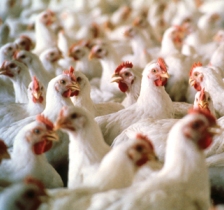
A report released by the Pew Environment Group recommending capping the number of birds in large operations if new methods aren’t found to deal with their waste, has been called ‘terribly misplaced’ by US poultry groups.
The National Chicken Council and US Poultry & Egg Association released the following statement in response to the report:
America’s broiler chicken companies and the 30,000 farm families that grow broiler chickens are committed to the responsible production of food that is safe, affordable and abundant for consumers in the United States and around the world. In contrast to Pew Charitable Trust’s well-known antipathy towards poultry farmers, the industry is more diligent and innovative than ever in pursuing environmental improvements. The fact that Pew seems to be unaware of the scope of environmental progress underway in the poultry community is evidence that this report is little more than a cheap shot at a responsible business.
The report’s critique is terribly misplaced, and once again demonstrates Pew’s bias against modern farming practices. The poultry community has already taken meaningful steps to further reduce nutrient impacts on the environment. The sources of nutrients into the Chesapeake Bay and other watersheds are ubiquitous. EPA acknowledges the positive steps agriculture has implemented in reducing its environmental footprint in the Bay region, even as the nutrient contribution from non-agricultural sources continues to grow.
Using Virginia as an illustration, all the poultry litter in the state produces about 11,000 tons of nitrogen and 5,400 tons of phosphorus that is largely utilized as fertilizer on cropland. In contrast, synthetic chemical fertilizer utilized in Virginia contains almost 10 times more nitrogen (110,000 tons of nitrogen) and over 5 times more phosphorus (28,000 tons of phosphorus). Further, much of the synthetic fertilizer usage is on urban/suburban lawns not subject to the same tight regulatory oversight as agricultural producers.
Modern practices and technology utilized by the poultry industry are vital to environmental sustainability, as the industry uses less water, energy and other resources to deliver nutritious products to consumers in an increasingly competitive global marketplace.
Poultry litter is a valuable commodity in farming communities. It contains essential crop nutrients, returns organic matter to the soil, and helps crops weather droughts.
Poultry farmers have been advancing effective control of nutrients for more than a decade, assisted by credible USDA and EPA-recognized best industry practices. Formal “nutrient management plans” for farmers are also required by state and federal environmental regulations. These plans ensure a balance between nutrients applied and the nutrients required by crops.
Poultry farmers who have more litter than necessary for their own farm usually sell this valuable commodity to other farmers, who use it as a valuable organic fertilizer in place of commercial fertilizer. The use of this natural fertilizer reduces the farmer’s carbon footprint by returning carbon to the soil and reducing greenhouse gas emissions.
Poultry litter contains organic nutrients whose characteristics allow it to more effectively bind to soil. This reduces the possibility of nutrient run-off from the cropland.
The 30,000 family farms and companies in the poultry community are involved in many different aspects of sustainability including animal welfare, recycling and waste reduction, worker safety, and community concerns. The Pew report fails to capture the true picture of the contributions we’re committed to making today and in the future.
For more specifics on the Chesapeake Bay Region, the report can be accessed here.
Source: National Chicken Council
Join 31,000+ subscribers
Subscribe to our newsletter to stay updated about all the need-to-know content in the poultry sector, three times a week. Beheer
Beheer

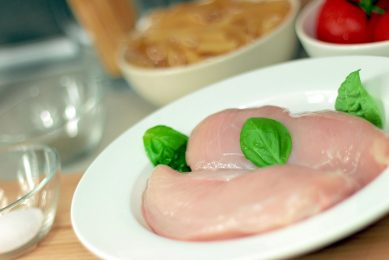
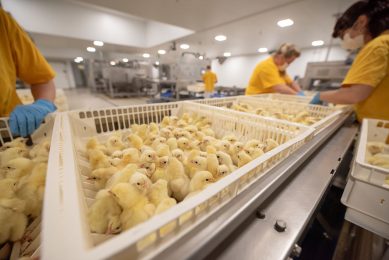
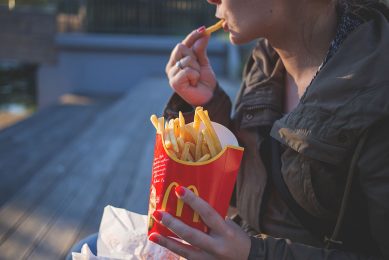
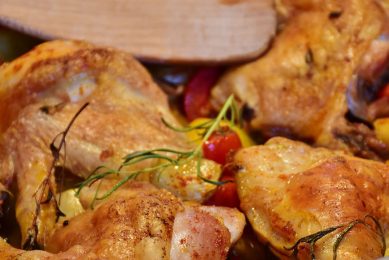



 WP Admin
WP Admin  Bewerk bericht
Bewerk bericht